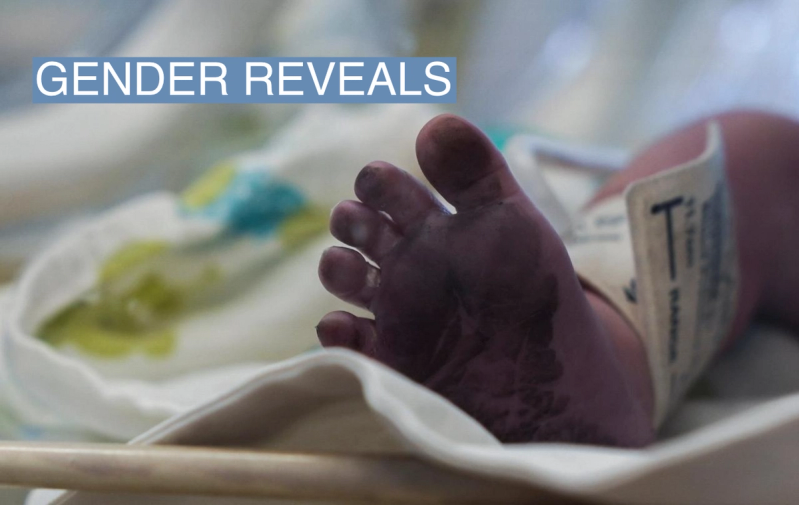The News
The number of babies in the U.S. with androgynous names is at a record high. The sociologist Philip Cohen notes that more than one in 20 children born in 2021 had names that were split at least 20-80 between the sexes.
That’s historically unusual. In 1971, barely 1.5% of children had ambiguous names: Names given to girls were almost exclusively given to girls, and vice versa. Now relatively common names like Charlie, Blake, Dakota, and Rory are given in almost equal numbers to boys and girls. The change is driven more by traditional boys’ names being used by girls than the other way around, although both things are happening.

In this article:
Tom’s view
The trend is surprising because established sociological theory said that androgynous names were “unstable” and tended to tip one way or another, like “Hilary” and “Vivian,” which started as masculine and have become almost entirely female.
Trends in baby names are as volatile as fashion, and knowing a name, people can make better-than-chance guesses about the owner. In 2007, the psychologist Steven Pinker wrote in The Stuff of Thought that an American, knowing nothing about someone except that he is called Murray, “would guess that he is over sixty, middle class, and probably Jewish.”
Names that evoke glamor or cool in one generation become stolid the next. Pinker’s own name Steven, and variants, was the seventh most common name in America in the 1950s: now it’s 235th. The idea of a baby called “Steven” now feels faintly incongruous, as though it would be born with a receding hairline and varifocals.
These trends are unspoken and yet powerful. No one decided that “Murray,” “Steven,” and “Barbara” should fall out of fashion, but they did, in much of the English-speaking world, in a few short years. Likewise, the established, if unspoken, discomfort with gender ambiguity has apparently been overturned: Modern American parents seem to be more comfortable with ambiguity than conventional wisdom suggests. The question is whether the trend continues, or whether names like “Brooklyn” will date people as clearly as being called “Seymour” or “Doris” did those of a previous generation.
The View From THE U.K.
There’s a similar, if less dramatic, shift occurring in England and Wales. The percentage of baby names with at least a 20-80 split was around 3% in 2021, compared to more like 1.5% in the mid-1990s, according to the Office for National Statistics. American first names are often derived from surnames — Landry, Emerson, and Bellamy are all common androgynous names — which may partly explain the difference: There’s no historical precedent to help tell whether a “Harper” is male or female.

